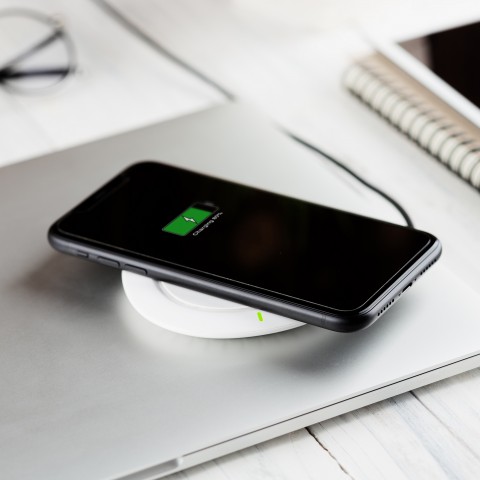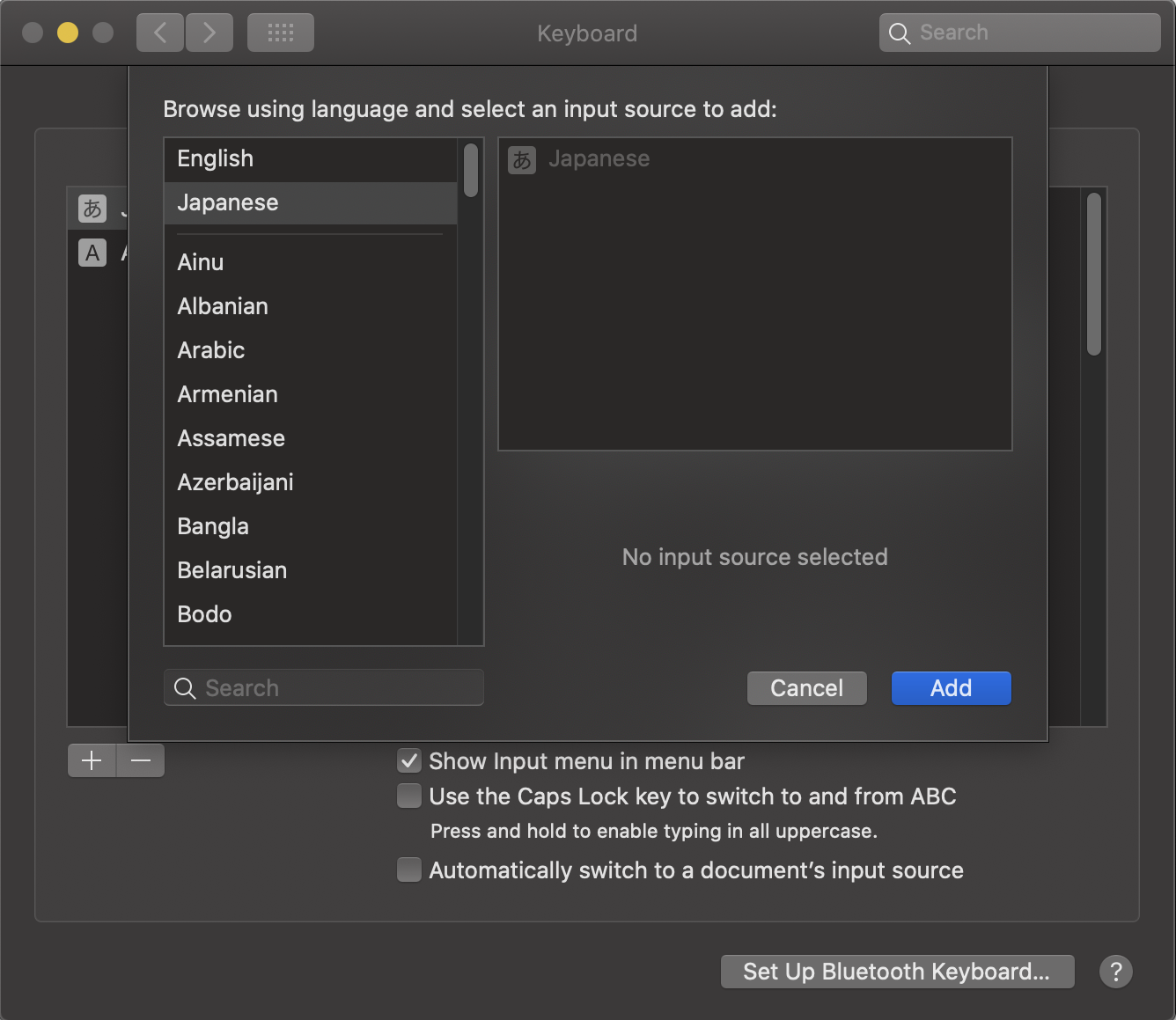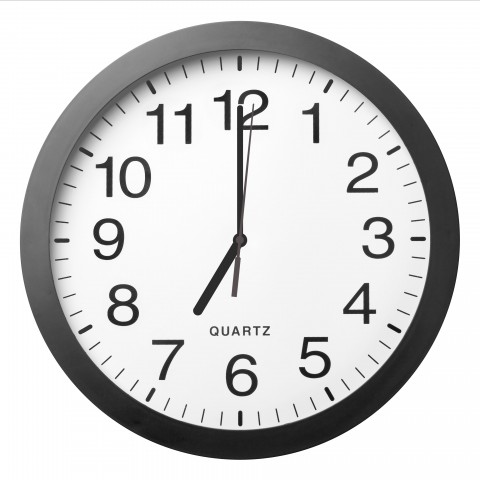
YouTube is an absolute treasure chest for language learning.
With several weeks’ worth of video being uploaded every minute, you’ll literally never be able to run out of things to watch in any major language.
And even though Romanian isn’t really a major language, you can still use the web’s number-one media hub to deeply immerse yourself in Romanian culture. As you learn Romanian, YouTube will allow you to catch up on all the major trends in the country without ever leaving your hometown!
Some channels, though, are definitely better than others.
Here in this article, we’ve assembled the ten best YouTube channels for Romanian learners, taking into account a variety of preferred learning styles. Do you want instructional videos, natural content, or even songs made for kids? It’s all here, all free, and all waiting for you. It’s time to explore!
- → Before you continue, here are some Words for Talking About YouTube.
 Table of Contents
Table of Contents
1. The Best Romanian Language YouTube Channels
1. Learn Romanian With Nico
Category: Educational
Level: Beginner
Nico’s channel is one of the first that pops up if you search for “Romanian,” whether or not you’re looking for ways to learn it. Since 2015, Nico has been making lessons in Romanian and about the Romanian language, including lessons on verbs, pronunciation, and Romanian music.
Her videos often have subtitles in English and Romanian, so you can follow along with the words as they’re being spoken and learn to read more effectively. Her videos are not only educational, but also funny; because of this, a lot of Romanians are watching it, too. Education, humor, and a great layout make this one of the best Romanian YouTube channels for new learners.
2. TraLaLa
Level: Beginner-Intermediate
Category: Educational
It’s never a bad idea to tap into your inner child. TraLaLa is a fun and musical channel for young children in Romania and abroad who are learning to speak and read Romanian. In addition to the short-form song and dance videos, there are also long compilations that you can leave on in the background if you don’t mind the aggressively happy tone.
The benefit of this channel is twofold: one, you can follow along with the subtitles to pick up new vocabulary (lyrics are also in the description), and two, all of these songs will get stuck in your head and you’ll find yourself idly humming in Romanian in a matter of days. Ever seen Baby Shark in Romanian?
Trust us, you won’t be the only non-Romanian viewer: More than 27% of the people who are watching this channel are from countries like the USA, UK, Italy, Spain, and even Australia.
3. Izabeloi
Category: Slime
Level: Intermediate
Statistically, you may be one of the millions of people who are into slime videos. Slime is quite popular on YouTube, and this Romanian channel is thankfully full of Romanian dialogue to go along with the visuals—including several videos with English subtitles.
Making slime is, at its core, a lot like making crafts. Izabeloi makes her slime slowly and carefully with all kinds of household objects, helping you fill in your vocabulary for colors, materials, and even the verbs that she uses to describe the process. At this moment, based on her channel’s number of followers, Izabela is considered the most famous vlogger in Romania.
4. MaxINFINITE
Category: Gaming
Level: Intermediate-Advanced
If you’re learning Romanian and you’re into playing video games, then MaxINFINITE is the channel you ought to be watching. Max plays all kinds of games (trending more toward the side of action and horror) and gives live commentary as he does it.
Clearly, not that many games have full text and dubbing in Romanian, so one thing that happens often in Max’s videos is that he reads out the English text in Romanian for his viewers. If you barely understand anything when you first start watching, you can use these bits as an anchor to start understanding the rest.
- → See RomanianPod101’s vocabulary list for Talking About Video Games to learn some words in advance!
5. Zurli
Category: Kids
Level: Beginner-Intermediate
A few paragraphs up the page, we already had a kids’ channel in the form of TraLaLa. What sets Zurli apart?
This is more like The Wiggles—a show mostly performed by adults, but created for children. That gives it a very different feel, and it also means that there’s a lot more dialogue. It can seem fast-paced at times, but after you watch a couple of videos and get used to the voices, you’ll be able to pick up quite a lot.
Recently, the folks behind Zurli have also been doing a series of interviews with parents in the form of a podcast. Check those out as well to test your listening skills after they’ve been trained on kids’ materials first! Sometimes, they also have live shows where you can call and talk with your favorite character (in other words, great speaking and listening practice!).
6. Florentin Hriscu
Category: Vlog
Level: Advanced
Florentin is one of those Romanian YouTubers who represents the newest YouTube generation: willing to try anything, and heavily influenced by the trends of TikTok. Check out this video, where he tries out different life hacks in real life to see how well they work—if at all!
He definitely speaks very quickly, and there aren’t any videos on his channel with subtitles. However, he’s a great candidate for high-intermediate learners, since by watching many hours of footage from the same speaker, you’ll get used to his voice and find him easier to understand. Once battle-tested in this difficult arena, your Romanian listening will be supercharged!
7. Recorder
Category: Documentary
Level: Advanced
For a change of pace from amateur content, here’s an excellent Romanian documentary channel. It’s meant for both English speakers and Romanian speakers, at home and abroad. The subjects are often political—one of their most famous videos is built from footage of Romanian communities abroad reacting to the EU parliament elections—but just as often about culture or history.
Several documentaries have English subtitles, and some have Romanian subtitles in sections where the audio is difficult to hear. You can, of course, also read the comments below for some amateur analyses. It’s better than reading English YouTube comments, at least!
At the time of this writing, Recorder is one of the best video-journalism projects in Romania. They are very well-known for investigative journalism, though their channel also features interviews or opinions about challenging everyday subjects.
8. Cristina Kovacs Official
Category: Beauty
Level: Advanced
Are you into makeup or skincare routines? If yes, then Cristina Kovacs has some super-slick videos just for you. Even if you’re not terribly invested in the subject, you’ll find that watching makeup tutorials might be one of the most relaxing ways of all to learn Romanian.
Cristina gives detailed makeup tutorials across many videos, so you get used to her voice and the vocabulary she uses (namely about skin, facial features, and beauty products). Similar to the slime videos, watching several of them gets you tuned into the way the vocabulary normally plays out.
- → We recommend that you learn a few Words for Cosmetics and Beauty before watching for the best experience.
9. RomanianWithGia
Category: Educational
Level: Beginner
Gia is an enthusiastic Romanian teacher who’s able to tune her teaching to fit any level. Her videos are made with high production quality, so you’ll always be able to hear her clearly—an excellent thing to have when you’re learning a language!
In all of her videos, she adds a lot of example sentences and carefully explains the grammar points that she uses. In this video about verbs, for instance, she even adds clips from classic movies that include the verb under discussion, so you can see it used in real life.
Her lessons cover different topics, are funny, and are created for different levels. This channel can be a wonderful resource for improving your Romanian skills, whatever your current level.
10. RomanianPod101 YouTube Channel
Category: Educational
Level: All levels
This is what you came for: the best source of Romanian learning content on YouTube. We frequently post new content on the RomanianPod101 channel, and all of it is made with love.
Let’s dive into one of our listening comprehension videos for a moment to see how you might be able to use it.
First, you just get a backdrop to clue you in on the context for this particular dialogue. Then you hear a comprehension question, followed by the dialogue for the first time. Even though these dialogues say “Absolute beginner,” they’re designed for people who already have a vocabulary of a few hundred words and know how to form basic sentences in Romanian.
Now, it’s okay if you missed the question and have no idea what’s going on in the dialogue. Don’t get discouraged! It plays again with subtitles in English and Romanian, and the backdrop becomes an animation for you to watch as well.
This way, you can match up the words you’re hearing with both the form of the words in Romanian and their meanings in English. Watch the video one more time for good measure and presto—within five minutes, you’ve no doubt picked up half a dozen Romanian words.
2. Conclusion
At this point, you may be thinking, “That’s great, but how do I turn all of these resources into Romanian that I can understand and speak?”
There are two answers, really.
The first is, as long as you consult a good grammar guide every now and then, you can just keep looking up Romanian words in these videos until you understand them. After a couple of years, you’ll find yourself subconsciously putting together correct Romanian sentences and speaking with relative ease.
The second?
You can do all that, and also sign up with RomanianPod101. The expert guidance of the podcast creators and course writers there will help you advance in your Romanian studies, surely and swiftly.
When you balance a great course with good “immersion material” from real Romanians, your brain will subconsciously accumulate experience with Romanian and make connections behind the scenes. Soon, you’ll hear more and more words in YouTube videos that you learned from your RomanianPod101 flashcards, and those memories will get stronger and stronger.
Before long, sitting down to watch YouTube will seem as natural in Romanian as it does in English!
Let us know in the comments which of these Romanian YouTube channels you want to watch the most. Did we miss any good ones? We look forward to hearing from you!











 Table of Contents
Table of Contents




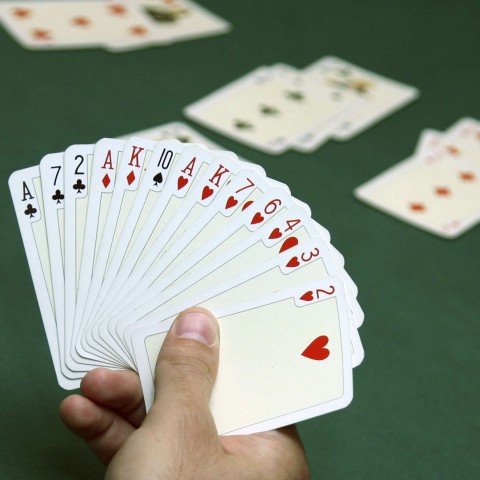









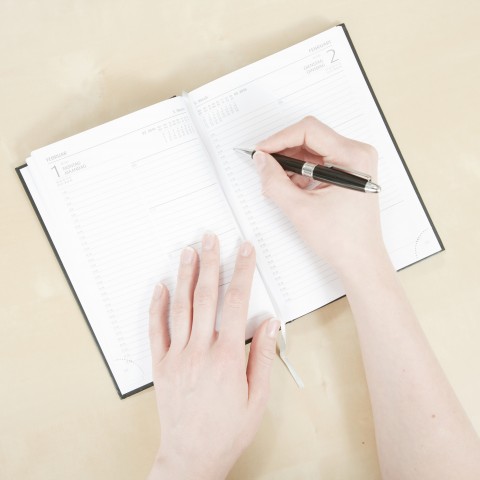












 Table of Contents
Table of Contents
